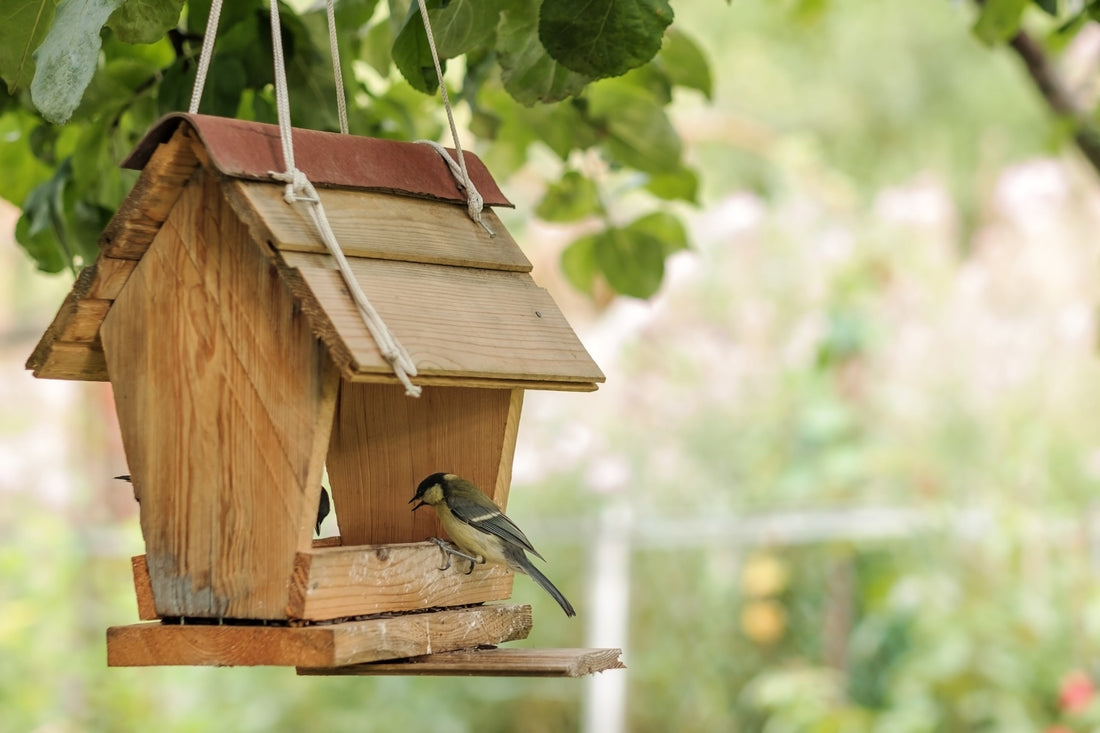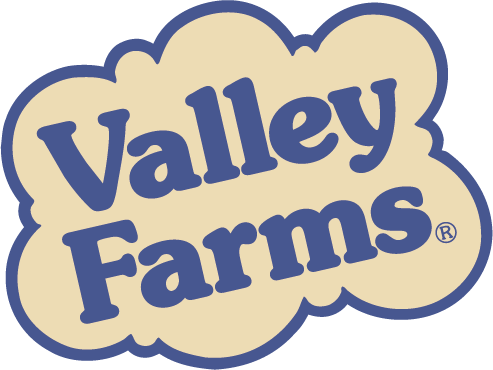
Back to the Basics: Making the Most Out of Your Bird Seed
Share
A Lively Backyard

Should you Feed your Backyard Birds?

What Should You Feed Them?
Birds have a wide variety of food habits and nutritional needs. Their beak and body size is a large determining factor of what they will pick from a bird feeder. Little song birds, like sparrows and finch, have tiny beaks that allow them to pick up delicate seeds like millet. Medium sized birds, like titmouses and chickadees won’t have trouble chopping up any size seed! They may choose small seeds like millet or bigger ones like safflower seed. Finally, larger birds like Jays will pick the biggest seeds like whole peanuts or striped sunflower seeds.

To appeal to the widest variety of wild birds you will want to choose a bird seed mix that contains a wide variety of different seeds.
The Magic Mix
A bird feeder full of variety will appeal to every feathered friend in your backyard. A good bird feed is a curated seed buffet with something liked by all. Much like the party mix that you sift through leaving the pretzels at the bottom of the bowl!

Valley Farms has a large catalog of complex bird seed mixes that may leave you questioning where to start. Not to fear, our classic blends are field tested to attract a wide variety of North American birds while staying in everybody’s budget. Wild bird feed is much more than tossing random seeds together. It is all about subtle matchmaking between the seed and the birds. Nobody does that better than our classic blends.
A Closer Look at Ingredients
Each ingredient plays a crucial role in turning these blends into the classic that they are. Take a look at the advantages of each seed:
★ Black Oil Sunflower Seeds: The undeniable favorite. Their high-fat content provides energy, while their easy-to-crack shells make them accessible to birds of all sizes.


★ Safflower Seeds: The birder’s secret weapon against squirrels. Safflower is loved by cardinals but often avoided by squirrels and grackles, keeping unwanted visitors from hogging the feeder.

★ Striped Sunflower Seeds: This harder shell sunflower will be less accessible to blackbirds and sparrows, but will keep the chickadees and cardinals coming back for more.

★ Peanuts: Peanuts are high energy treats with nutritious fats and oils! They are beloved by woodpeckers, Blue Jays, Chickadees and more.
 ★ Cracked Corn: Cracked corn is crowd pleaser. Its loved by nuthatches, titmouses and even the occasional turkey. It offers carbohydrates that help birds maintain energy.
★ Cracked Corn: Cracked corn is crowd pleaser. Its loved by nuthatches, titmouses and even the occasional turkey. It offers carbohydrates that help birds maintain energy.

Together, these ingredients make a seed mix greater than the sum of its parts. They provide the nutrition, energy, and variety that keep birds coming back for more.
Cost Effective
Feeding your backyard buddies should bring you joy, not a worried frown over high costs. Each of the classic blends will bring plenty of beautiful birds to your yard. Valley Farms seeds are all vacuum cleaned so you are not paying for dust and debris that other brands will try to sell you. This makes them even more cost effective. Follow this check list to make sure that you make the most out of the bird seed you buy:

Checklist for Making the Most Out of Your Seed Mix
✓ Use Multiple Types of Bird Feeders: Birds have unique feeding styles. Tube feeders, platform feeders, and ground scatterings all attract different species. Using a combination will maximize the number of birds you see.
✓ Keep the Feeder Clean: A clean feeder ensures the seeds stay fresh and reduces the risk of diseases spreading among birds. Make sure to clean it regularly, especially after rain.
✓ Strategically Place the Feeder: Birds prefer feeling safe while they eat. Place feeders near bushes or trees so they have a quick escape from potential predators. A thoughtful placement will encourage more birds to visit.
✓ Keep your Feeder Filled: Birds stay put when they have a reliable source of bird seeds. If your feeder runs out for a couple of days they will look for a new feed source. The birds will eventually find their way back to your feeder, but it can take up to a week after a long empty period.
✓ Be patient: Birds may take some time to find your feeder. That does not mean the bird seed is bad! Be patient and they will eventually find it and tell their friends.
✓ Keep your Pets Indoors: Your cats and dogs can be predators for wild birds. As much as we don’t want to admit that our precious pets can kill birds, they can have a huge impact on wild bird populations. Keeping pets indoors will make your backyard a safe place for wildlife.
✓ Consider Window Alert Stickers to Prevent Window Collisions: Wild bird have trouble distinguishing when their path is blocked by glass. Window collisions are becoming a major concern of bird population decline. If you place your bird feeders near a window please consider placing stickers on that window so birds know to avoid it.

Try The Valley Farms Classic Blends


